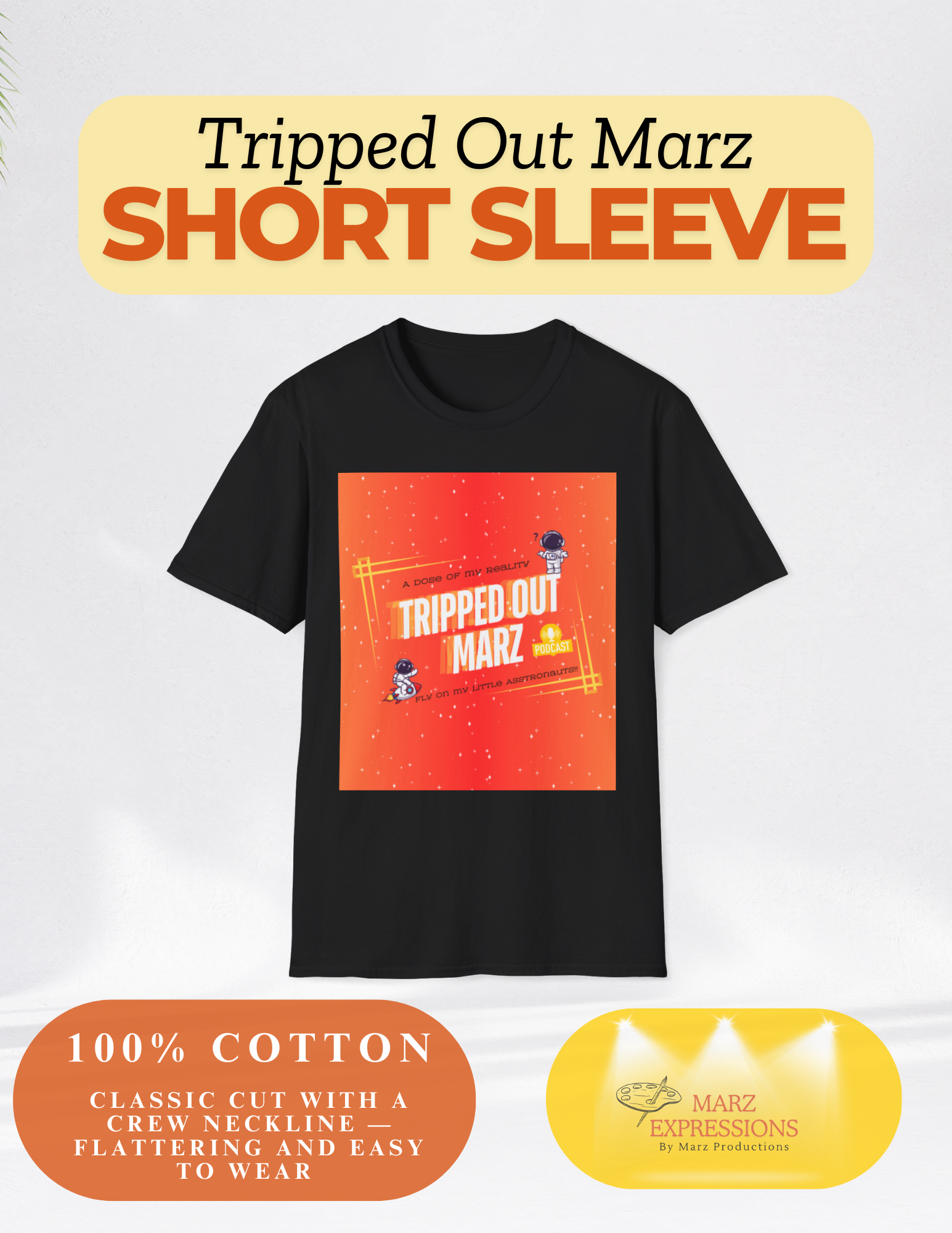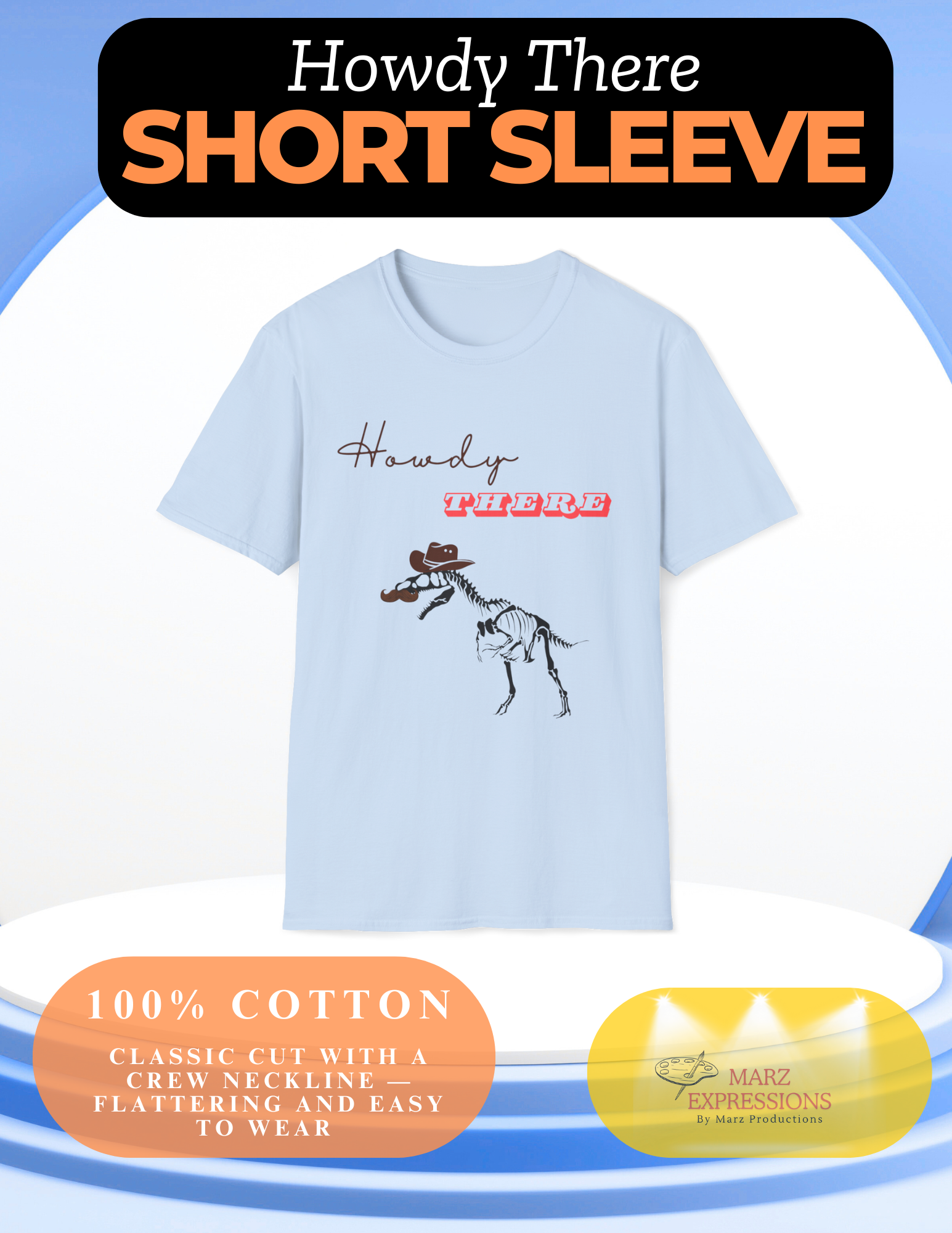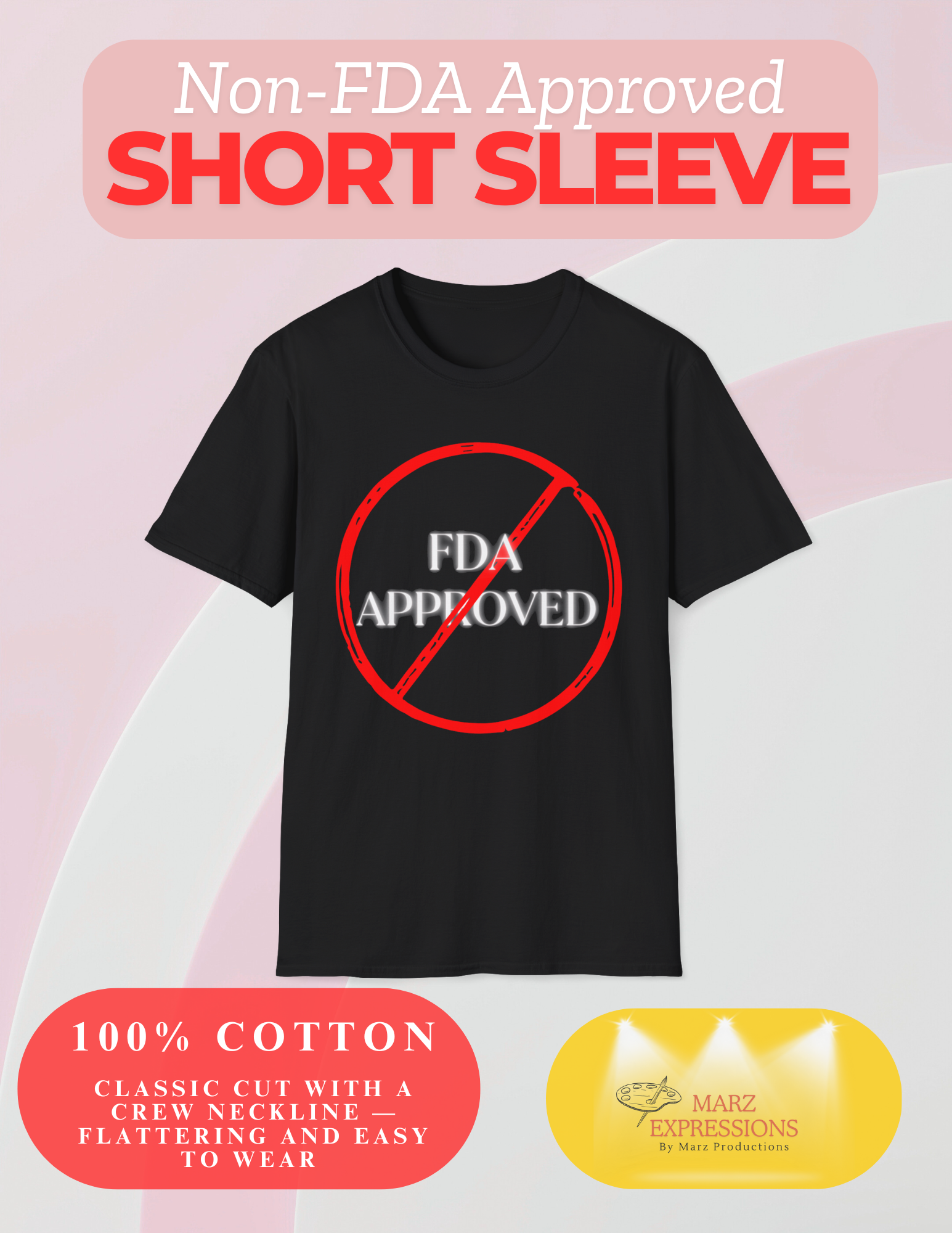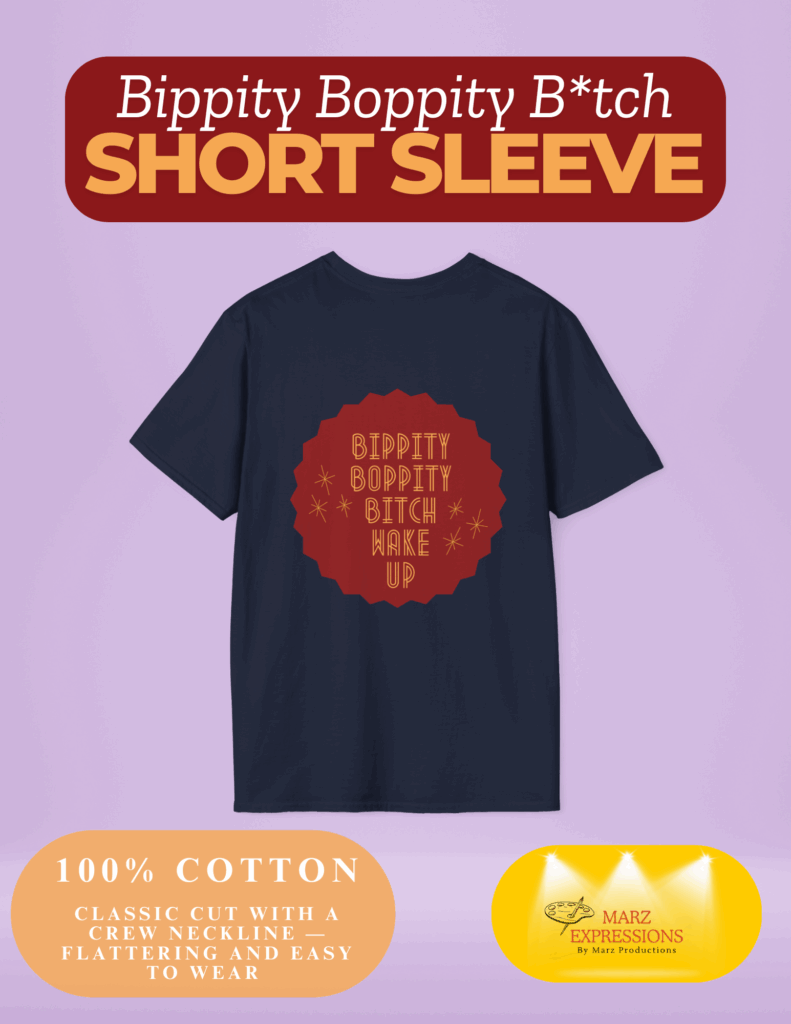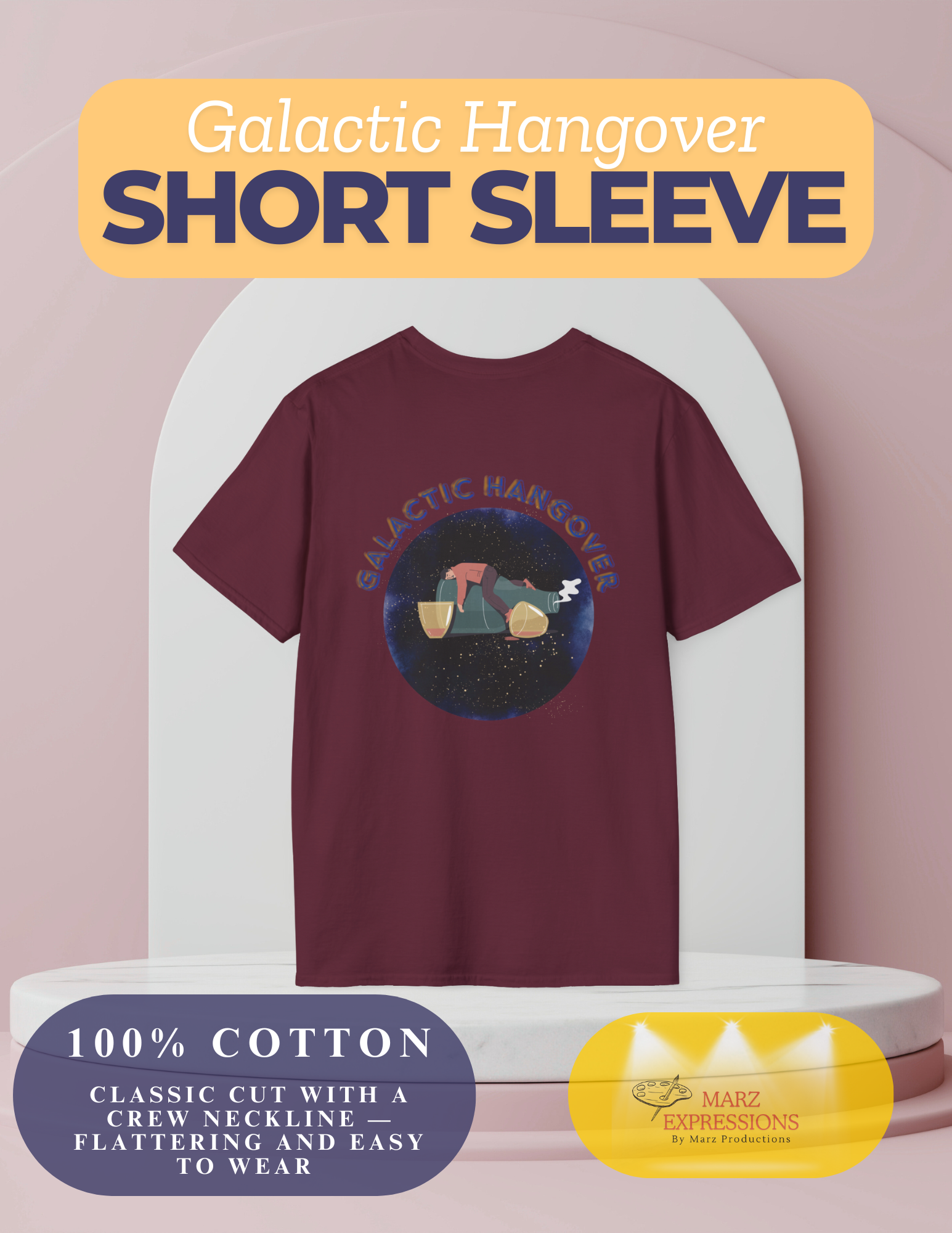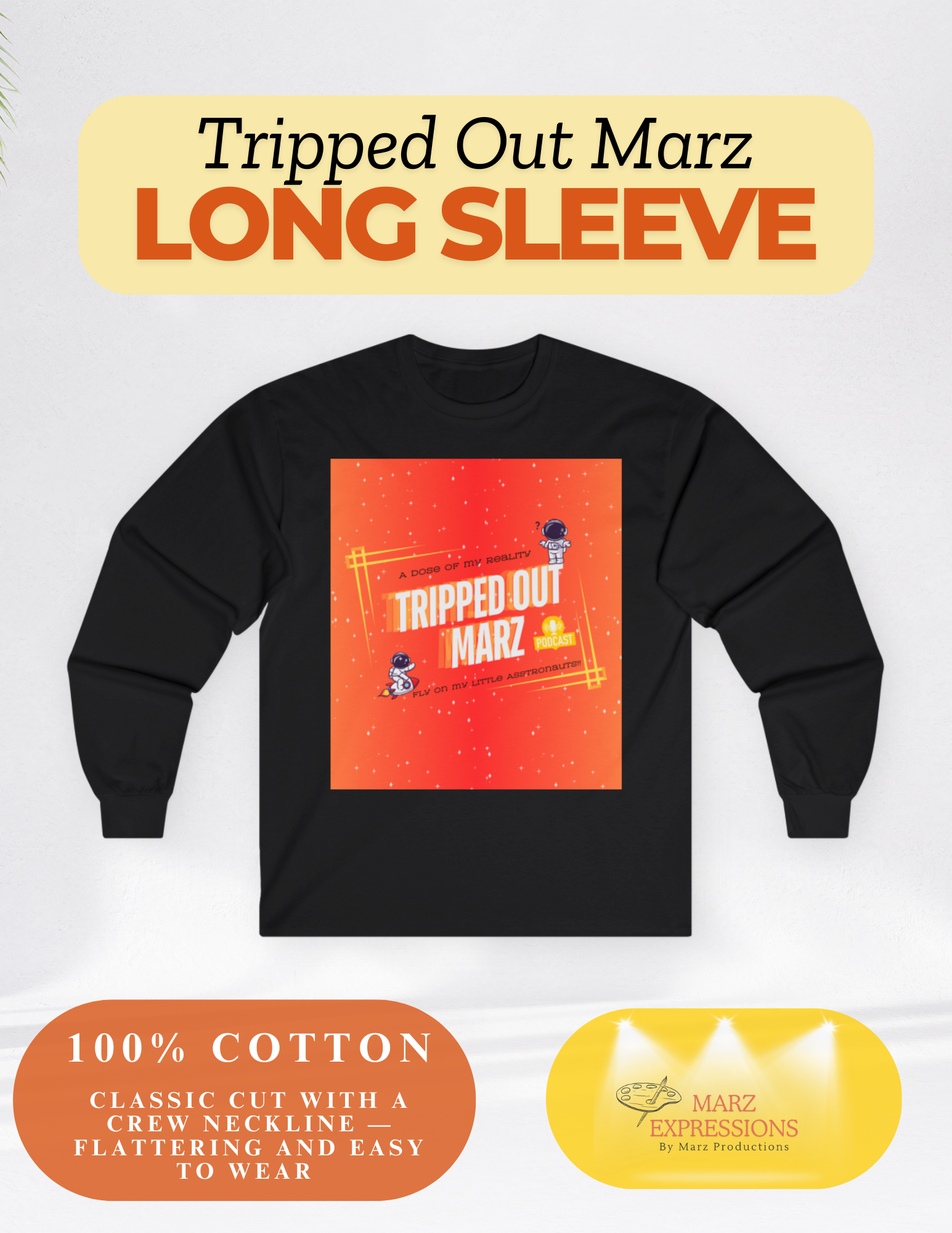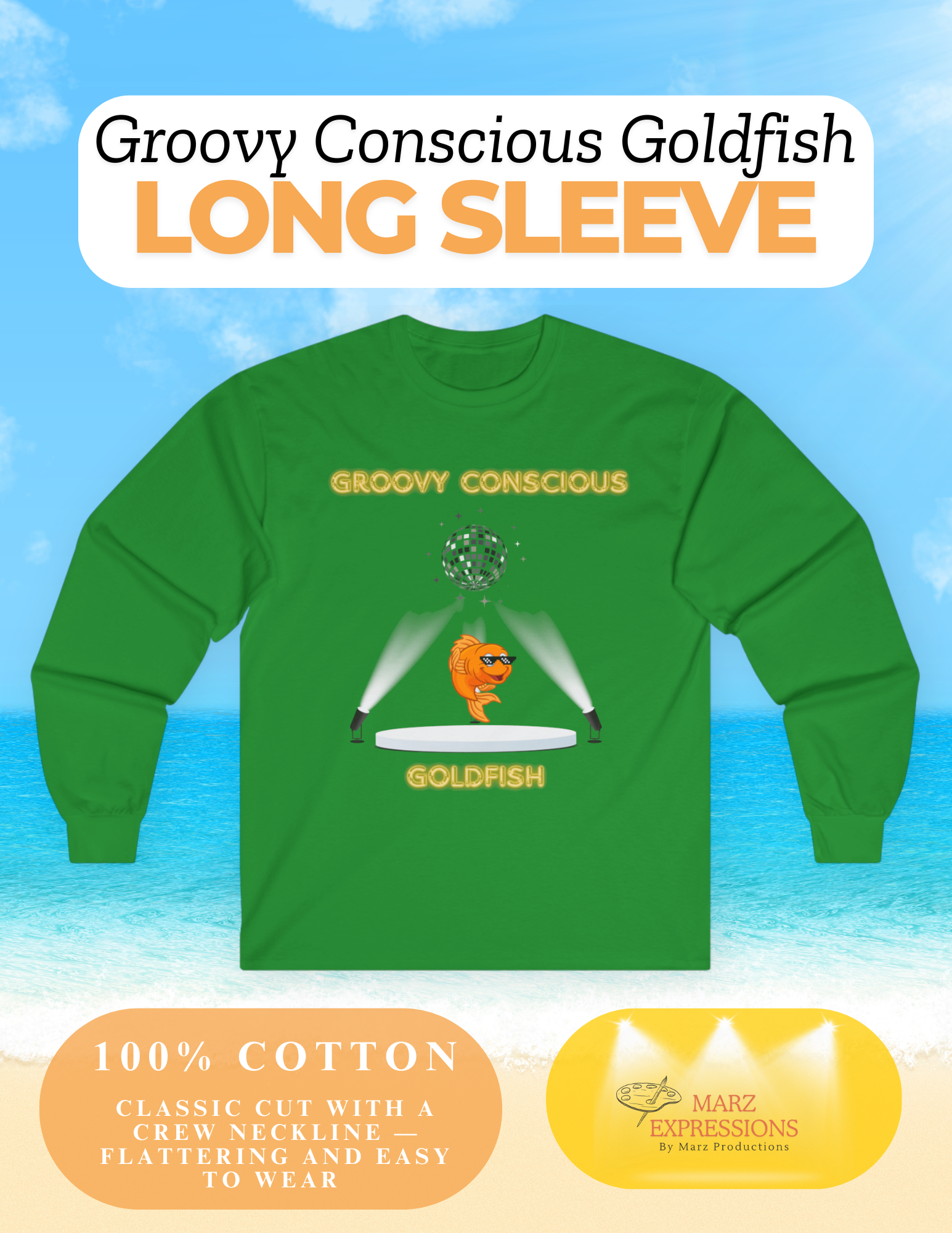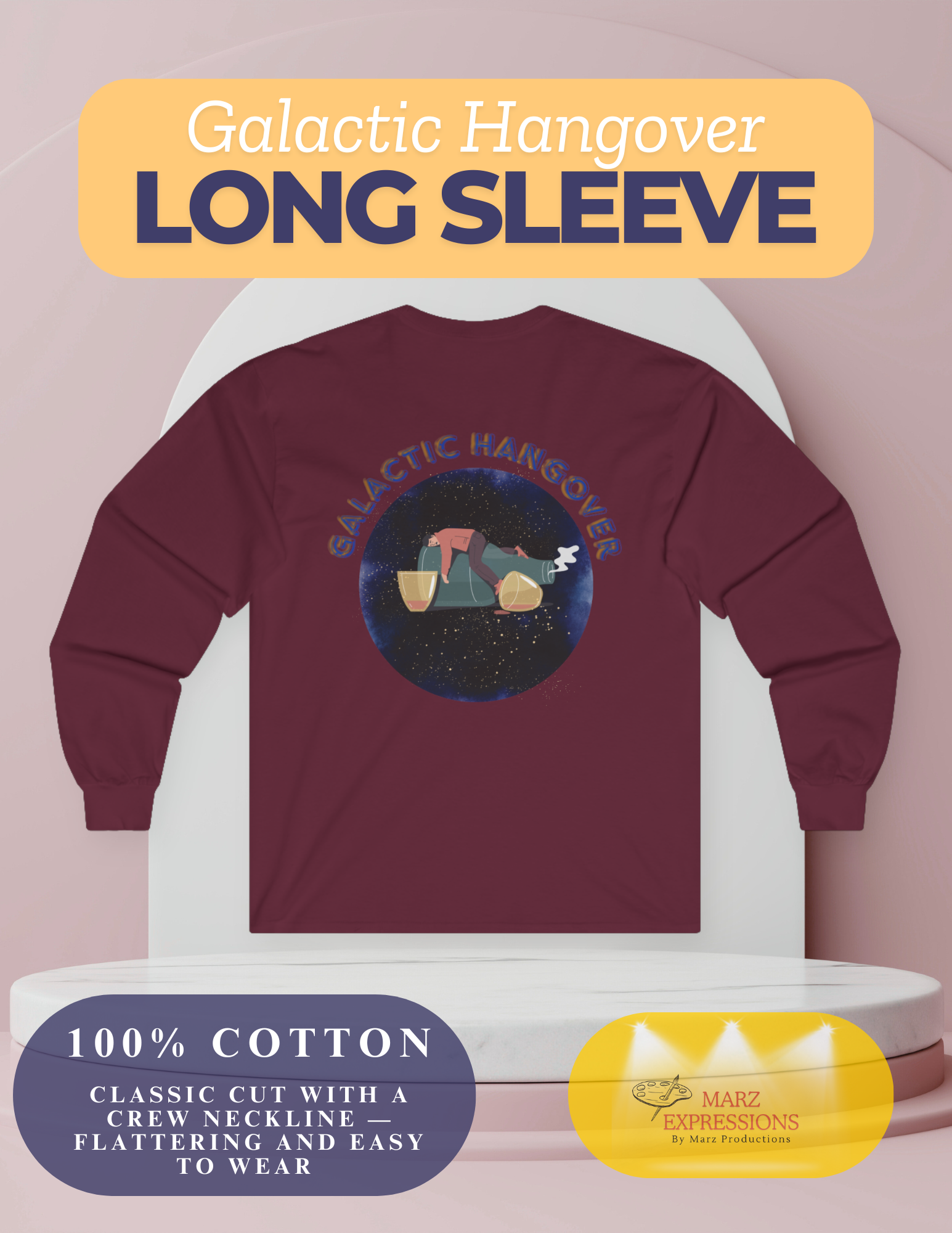Claiming sales by doing mental gymnastics is an Olympic sport, and if you’re not well-trained in the psychology of marketing habits, you’ll probably be coming out with a participation medal. So how do you decide what’s good marketing psychology and what’s just mental manipulation? I’m here to do some digital decoding by providing a marketing breakdown on good ethical selling so you don’t have a mental breakdown on negative marketing habits.
Being an ethical copywriter with a pension for composed sass has its benefits, including knowing when to call it quits on a subpar marketing strategy. Lucky you landed on this blog, where all the mysteries of high conversion funnels will be revealed and you won’t have to settle for a half-hearted “yes” or a disinterested “no.”
Rather than capture your reader with written voodoo, let’s explore the bippity boppity rules of psychological marketing techniques that’ll get you sales and not a lawsuit.

Why does psychology matter when it comes to marketing?
Psychology is an important factor in marketing because of the benefits it provides to the participating audience. When it comes to ethical psychological practices, you can guarantee that a good campaign:
- Sparks conversation with the advertisement (whether paid or not)
- Utilizes emotions to develop engagement
- Finds all possible “holes” in their strategies that would promote clickaways
Now let’s focus on the top 2 bullet points. Conversation (a.k.a. engagement) is the foundation for the funnel process. To gain sales, you need conversions, to gain conversions, you need eyes, to gain eyes, you need engagement (a.k.a. The funnel process). Engagement comes from truly understanding your audience (i.e. provoking emotional reactions). And yes, I know how that sounds. Provoking emotional reactions sounds like a slippery slope into unethical selling, but it’s not a bad thing, and it’s not that hard to do.
Evoking emotional responses requires defining your target consumers and the problems they face so you find the benefits of your products/services they can reap. When you define your ideal consumer’s problems, you unlock the emotional responses that tie into those situations.
How ethical IS selling?
Psychology is a powerful tool when it comes to marketing, and you never want to overuse it or undersell your product or service. An overly pushy ad could be the death of your campaign, but an undervalued product/service could mean you go unnoticed – which is probably a fate worse than death. So how do you balance psychology and marketing better than a gymnast on a beam?
Here are some tips on how to avoid the negative parts of psychological marketing you don’t want to indulge in and what are some ways you can optimize your campaigns:
- Don’t overanalyze your consumer with rampant research
- Don’t “force” a sale, EVER!
- Know the power of a good CTA
- Create a process where the consumer feels they choose to say yes through a good, well-placed offer
- Create follow-throughs and follow-ups in your programs
- Use all available digital real estate
- Make backup plans to show the consumer you care for their business
Striking a balance between psychology and marketing is important for your consumer to make a purchase that will help them and they won’t regret. But it’s also important when it comes to facing the magical marketing music we use to determine if our efforts are a “success.”
- Understand the sales process
- Your marketing strategy may be “airtight”, but there will be a consistent fallthrough of uninterested consumers
- Rolling with those sucker punches
- Accept that not every piece is a success
- Do AB testing
- Make solid investments and diversify your marketing efforts
The Psychology VS Marketing Mindset
Navigating the marketing space is complex, but not rocket science complex. Psychology can either be the catalyst to great marketing or the downfall of a campaign. Still, after all we’ve gone over, you now have the confidence to create kick-butt copy that’ll sell your products and make lifelong consumers. All you need is to follow these steps:
- Keep your pen up
- Find your balance
- Define your market
- And remember your funnel process
Now if that’s not clear or you’re still scrambling to understand the sales strategies, no sweat, I’m available to help decipher the great copy code.
You can read my old blogs to get some deeper insight.
